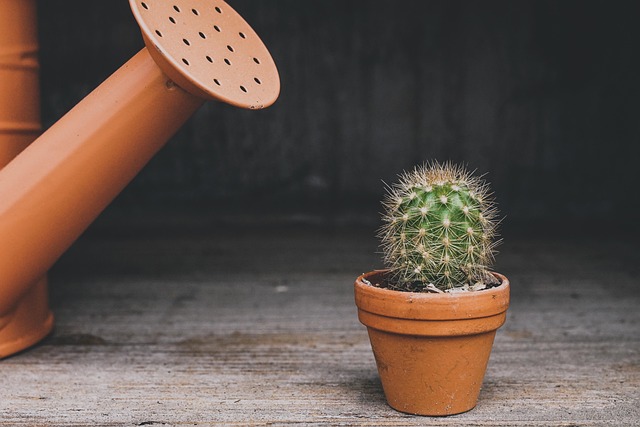Feng Shui principles guide residential plant design for serene spaces. Balance elements with earthy tones, vary textures, and use strategic placement for positive energy flow. Combine larger anchors with smaller plants for visual interest and growth symbolism. Optimize natural light integration for enhanced well-being and aesthetic appeal in plant design.
Unleash the power of nature and positive energy flow in your space with Feng Shui-inspired plant design. This article guides you through transforming your residential plant design into a harmonious oasis using ancient principles. Learn how color, texture, and sizing create balance, while focal points of greenery enhance ambient energy. Discover tips for incorporating natural light to elevate the calming effects of plants, creating an inviting atmosphere that nurtures both mind and body.
Understanding Feng Shui Principles for Plant Arrangements
Feng Shui, an ancient Chinese practice focusing on energy flow and harmony within spaces, offers valuable insights for creating serene and positive environments. When applied to residential plant design, understanding Feng Shui principles can transform simple arrangements into powerful tools for enhancing well-being. The key lies in positioning plants strategically to encourage the movement of energy, or chi, through various areas of a home.
In this context, different plant types are associated with specific elements and directions, each playing a role in balancing energy. For instance, plants like bamboo represent growth and flexibility, making them ideal for east-facing spaces associated with new beginnings. Conversely, plants with robust structures, such as evergreen conifers, can be placed in north or west orientations to provide stability and protection. Incorporating these principles into residential plant design allows for a harmonious blend of aesthetics and energy dynamics, fostering an environment that supports health, happiness, and prosperity.
Selecting Plants: Color, Texture, and Sizing Harmony
When selecting plants for a Feng Shui-inspired residential plant design, consider color, texture, and sizing harmony to create a balanced and positive energy flow. Choose plants with earthy tones like greens, browns, and soft yellows that resonate with natural elements, promoting tranquility. Vary textures from smooth leaves to ruffled edges to add depth and visual interest, enhancing the overall aesthetic appeal of your space.
Size plays a crucial role in Feng Shui; larger plants can anchor a space while smaller ones create visual balance. Arrange them in harmonious groups or pairs to avoid an overwhelming clutter. This strategic placement ensures positive energy circulates smoothly throughout the room, fostering a calming and harmonious residential plant design.
Creating Balanced Focal Points with Greenery
In feng shui-inspired residential plant design, creating balanced focal points with greenery is a key strategy to promote positive energy flow. Place larger plants or trees strategically in corners or along major walls to act as anchors, while using smaller, potted plants to fill gaps and create visual interest. This combination establishes a harmonious balance that invites serenity and prosperity.
Consider the shape and color of foliage to enhance these focal points. Curvy, cascading plants can soften sharp edges, while vibrant green leaves symbolize growth and renewal. Arrange them in a way that allows for a pleasant view from various angles within the space, ensuring every area benefits from the calming influence of nature.
Incorporating Natural Light for Energy Enhancement
Natural light is a powerful tool in feng shui-inspired residential plant design, as it enhances energy flow and creates a harmonious atmosphere. Positioning plants near windows allows sunlight to infiltrate spaces, boosting positive chi (energy) while encouraging a sense of connection with nature. When designing with plants and natural light, consider placing larger foliage or trees strategically to catch the morning sun, which is associated with calm and clarity, while allowing softer, diffused light in during the afternoon for a more relaxed environment.
This integration can be further optimized by using reflective surfaces like mirrors or lighter-colored walls to bounce light around, ensuring every corner of the space benefits from this energizing element. By incorporating natural light thoughtfully into your residential plant design, you not only elevate the aesthetic appeal but also create an environment that supports well-being and positivity.
Integrating Feng Shui principles into your residential plant design can transform your space into a harmonious oasis. By understanding the flow of energy, carefully selecting plants that complement each other and enhancing natural light, you create an environment that promotes balance and positivity. This approach ensures your home isn’t just visually appealing but also supports your well-being. Incorporate these strategies to cultivate a thriving indoor garden that serves as both a sanctuary and a source of positive energy flow.
